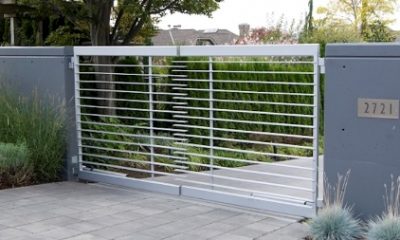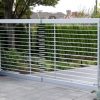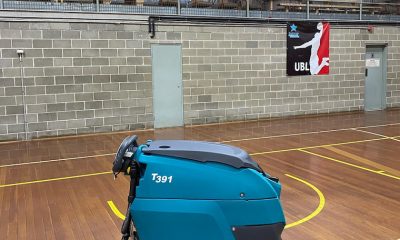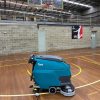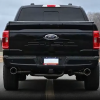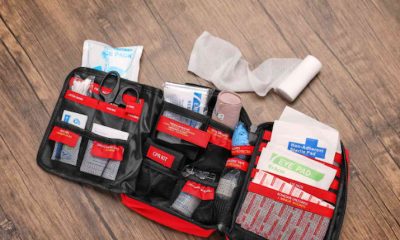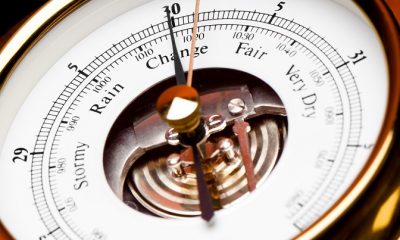Industrial Equipment
Gardening for Geeks: Power Tools, Accessories, and DIY Techniques
Excited about taking up gardening but don’t know where to start? Only want the best tools and techniques for your green thumb? As much as most gardeners love getting their hands dirty in the garden, they also love using power tools and accessories to make the overall gardening experience more efficient and fun.
After all, it’s not like you’re going to grow anything if you don’t have the right tools. Most of the time, using the basic instruments that come in a gardening kit is enough to get the job done. But if you’re a real gardening enthusiast, you might want to take things a step further by investing in some power tools and accessories.
What Gardening Power Tools Do You Need?
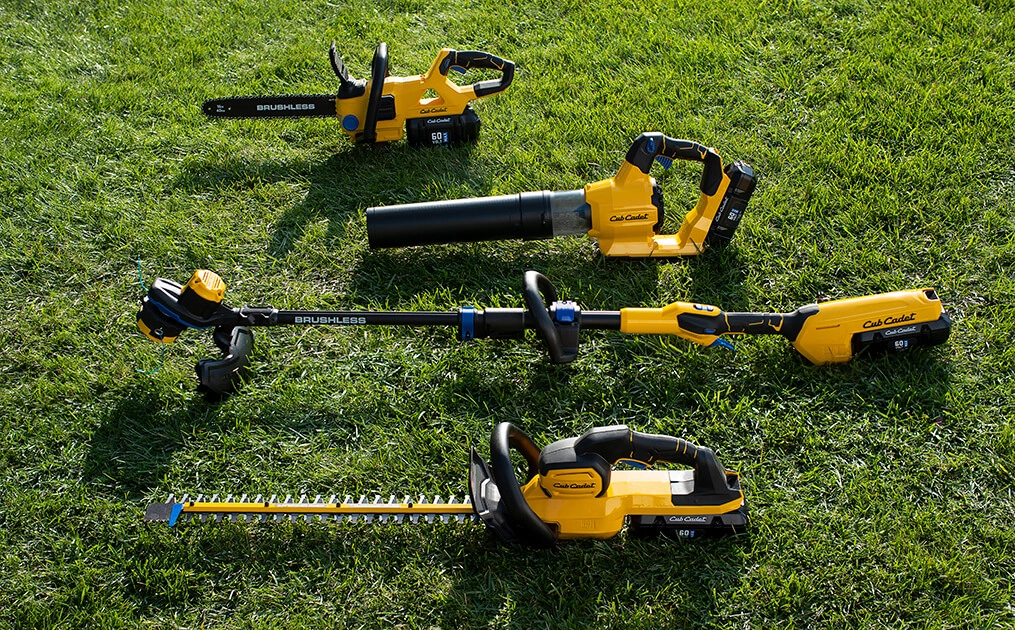
Depending on your goals as well as the size and type of garden you have, you’ll likely need various types of garden power tools. But at the very least, every gardener should have a few key tools on hand, including:
Cordless Blower
This handy tool can be used to clean up leaves, debris, and other light materials from the surface of your garden. It’s packed with enough power to get the job done quickly, but it’s also lightweight and easy to maneuver, resulting in less fatigue for the user.
The cordless build also means that you won’t have to worry about tripping over cables or getting tangled up in them while you’re working. This is especially important if you have a larger garden that requires you to move around a lot.
Cordless Sprayer
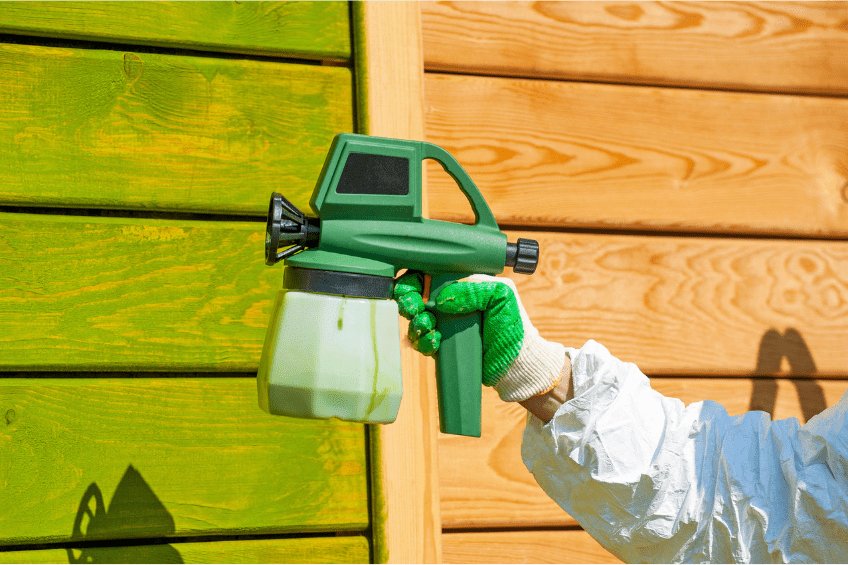
As the name suggests, this sprayer is used to apply water or other liquids (like fertilisers and pesticides) to your plants. Unlike a traditional hose-end sprayer, a cordless unit allows you to apply these substances more precisely and with greater control.
Most of them come with a backpack reservoir, which can be filled with the liquid of your choice. As you work, the pump will automatically draw the fluid from the reservoir and deliver it through the nozzle at a consistent pressure. This makes it easy to apply even, controlled doses of whatever you’re using.
As you can imagine, this is a great time-saver if you have a large garden. It also eliminates the need to lug around a heavy hose, which can be cumbersome and difficult to maneuver.
Power Hedge Trimmer
If you have any hedges in your garden, then you know how important it is to keep them trimmed and tidy. Doing it manually with shears can be time-consuming and exhausting, so a power hedge trimmer is a must-have for any gardener.
These garden power tools come in both corded and cordless versions, so you can choose the one that best suits your needs. Cordless models offer more freedom of movement, but they require batteries that need to be regularly charged. Corded models, on the other hand, are tethered to an outlet but offer unlimited runtime.
Either way, the trimmers are equipped with blades that can quickly and easily cut through even the densest hedges. The sheer speed and efficiency of these devices will save you hours of work in the long run.
Lawn Mower
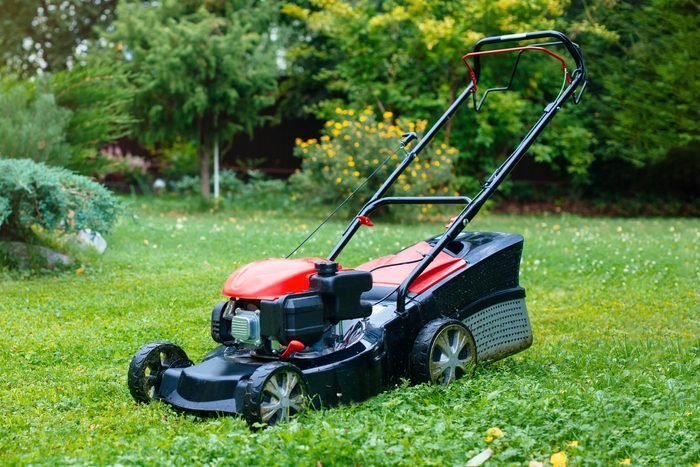
Last but not least, every gardener needs a lawn mower to keep their grass looking fresh and healthy. Letting it become overgrown and unkempt will not only make your garden look bad but can also attract pests and diseases.
You can choose from a variety of mowers, including gas-powered, electric, and manual models. Each has its own set of pros and cons, so it’s important to select the one that best suits your needs.
For example, gas-powered mowers are the most powerful but also the most expensive and difficult to maintain. Electric mowers, on the other hand, are much cheaper and easier to use but lack the power of their gas-powered counterparts. Manual mowers, while not as powerful or convenient, are the most affordable option and don’t require any fuel or electricity to operate.
Smart Garden Harvesting Tips

Great crop growth and effective outdoor power tools are only half of the equation. You will still need to pick, cook, or store your fresh vegetables with an ongoing focus on maintaining flavour, nutrition, and other desirable eating attributes when each crop is harvested.
Pick Consumables at Their Best
Harvesting should ideally take place in the morning when plants are most hydrated and nourished. Leafy greens, root vegetables, and many other vegetables can be kept fresh and nutritious by being refrigerated; however, tomatoes, sweet potatoes, shallots, and storage onions should not be refrigerated.
Grow Cut-and-Come-Again Crops
The vegetable chard is the best example of one that grows back each time you harvest a few stalks and leaves, but if given the chance, many other vegetables will do the same. Broccoli, cabbage, and even bulb fennel will generate miniature secondary heads if they are cut high, while bush beans that are harvested with two hands and care will frequently have three flushes of blooms and pods. Also, look for lettuce kinds that may be sliced and reused.
Weed Early and Often
Most garden vegetables require at least three weed-picking sessions: Plan to weed three to four weeks after the crop has been planted, five to seven days after sowing or transplanting, and again seven to ten days later. By then, the plants need to be mature enough to mulch and have an abundance of leaves to cover the soil’s surface.
As a proud Pisces known for the selflessness, Olivia joined up the blog fascinated by the idea she can help readers with info on topics and their related benefits like health and beauty, travel, food and drinks. When not writing, she likes to call it a day reading comic books in the company of her Tonkinese cat Chatty or binge-watching The Big Bang Theory with her SO like the nerd she is.



